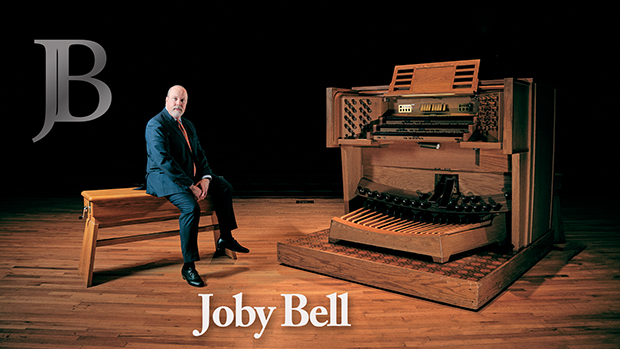on Richard Forrest Woods – Part 10
 Monday, May 5, 2025 at 7:51AM
Monday, May 5, 2025 at 7:51AM
This is one of many installments of a biography of mentor and friend Dick Woods. See here for the entire series.
*******************
The Choir of St. John the Divine, Houston
My first experience with the choir was at my first regular Thursday evening rehearsal in 1990. From day one, I saw how dedicated they were to Dick. I saw how dedicated they were to great music. I saw how dedicated they were to fine liturgy. And I saw how dedicated they remained, even as ‘renewal music’ gained ground all around them. This choir was a collective workhorse, and their love for each other and for all that Dick taught them never flagged:
"[It was quite the] … impact that Richard Woods’s friendship, example, musicianship, and professionalism made on a 23-year-old fresh out of LSU grad school. It seems like yesterday. I’m always happy to share interactions about Dick Woods. He was a force!”
“What a talented, dedicated, humorous combination of a man he was. I miss him … and all of the individual choir members we were blessed to spend time with praising God, sharing beautiful music, and nurturing souls. … I am always saddened when I remember how sick and how heartbroken Dick was at the end. He gave so much and loved so much. … No one that was fortunate enough to know him can ever forget him. He shaped all of our lives, for the better, and made us all better musicians along the way. What beautiful music we made. I always felt like he deserved so much more than we were able to give him in return. I truly loved that man.”
“Dick was able to get more out of a choir, perhaps even beyond his own technical abilities. It was just the way he brought everyone together around the music.”
The sextons always had coffee prepared for Thursday evening choir rehearsal. The choir would arrive early to chat and visit, and then Dick would call out, “Let’s go, please!” to begin rehearsal. [“Let’s go, please!” was going to be the subtitle of this biography, if published.] There was a break about midway through for more coffee and conversation, and then the second half. Dick was all business during rehearsal but was all in for the visiting before, in between, and following. Dinner with the inner circle often followed rehearsal. I was honored to have been invited.
Dick insisted on a clear, vibrato-free sound from his sopranos and altos. He also required a certain dress code when the choir processed in the aisle: black flat shoes for the women, no dangly earrings, and modest hairstyles. He put in writing these and other policies prescribing how to process, how to hold one’s folder, how much space to leave between pairs in procession, how to acknowledge the altar and turn into the stalls somewhat sharply, etc. I have followed suit with similar rules for my own choirs.
Dick and the choir stayed busy. They went on tours to England in 1982 and to Eastern Europe in 1990, the repertoire for each of which they recorded stateside. They also presented occasional Evensong at sister parishes in Houston and sang a major work every Good Friday. This choir embodied the fact that a church choir is probably going to be their director’s Sunday School – and this choir was that perfect Sunday School class. They embodied the importance of gathering in church with other human beings and to having fellowship one with another. Worshipping God was one thing, but doing so among kindred spirits was indispensable, and they knew that.
The choir was populated by many strong personalities who wasted no time making their approvals and disapprovals known to the rector. They didn’t care so much how the choir was treated, but they were quite the watchdogs for Dick’s treatment. They stood up for him, and I know he appreciated that. Thanks to Dick, they were also respectably well-versed in liturgical matters, and they deserved – as the tithing parishioners most of them were – to be heard as lay experts in such matters.
Dick and others of us would go out for dinner and drinks after Thursday rehearsals and for lunch after church on Sundays. I developed a ravenous craving not only for the food but also for that fellowship, and I have never stopped organizing similar small groups in my succeeding positions. Every time I go out with folks following a rehearsal or performance or service, I think of the St. John’s choir. Every time I go to a British pub or to get Mexican, I think of those days. That is no exaggeration.
Next time: Life with Dick
 Joby Bell | tagged
Joby Bell | tagged  Richard Forrest Woods
Richard Forrest Woods 
